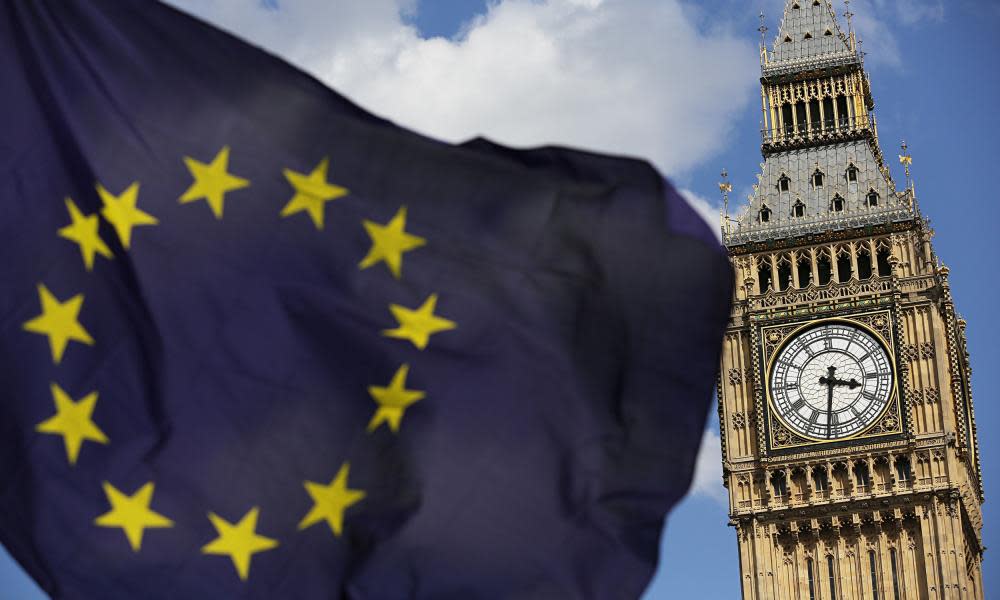Gulf in expectations for next phase of Brexit talks widens

As the ink on phase one of the Brexit deal was drying, the gulf in expectations for phase two was widening. The British prime minister, Theresa May, declared that trade talks would start “straight away”, directly contradicting the European commission president, Jean-Claude Juncker, who said they would start in March.
As in the first round of talks, the sequencing will be set by the EU and has already been outlined by Juncker and in a European council text on Friday.
January 2018
The European commission is to put forward recommendations on the transition arrangements that will form part of the withdrawal agreement. This may take into account the future relationship with the UK but the commission is stressing this would only be “a political declaration” of the EU’s vision.
January to March 2018
The EU is to develop and produce its guidelines for the future agreement. The commission will hold five or six seminars with member states on their Brexit intentions and seek clarity from the UK about its own vision of the final relationship.
The UK is to translate “faithfully” the commitments undertaken in the phase one Brexit deal “into a legally binding document”.
March to October 2018
Negotiations begin on the withdrawal agreement including “preliminary and preparatory discussions” on the final deal. The political emphasis is on trade, but negotiations will also be held on key issues such as defence, security, justice, and the future of EU funding mechanisms for science such as Horizon 2020, in which the UK wants to continue to participate.
The UK has opted for a two-year transition deal, but discussion on extending this can be held during this period if necessary.
October 2018
The deadline for a withdrawal agreement to be put to the European council. Approval is needed from at least 20 countries or 65% of the EU population. It also has to be ratified by the European parliament, which can veto the deal.
March 2019
The UK leaves the EU.
2019 to 2021
The transition period during which the final trade deal is hammered out. EU rules apply during this period.
2021
If a deal is not complete, two options follow:
a “bare bones” free trade agreement with sectoral deals on aviation and fisheries is likely so as to avoid chaos.
The European council can extend the transition period by a unanimous vote. The preference is that the length of the transition period would be fixed in 2018.

 Yahoo News
Yahoo News 
